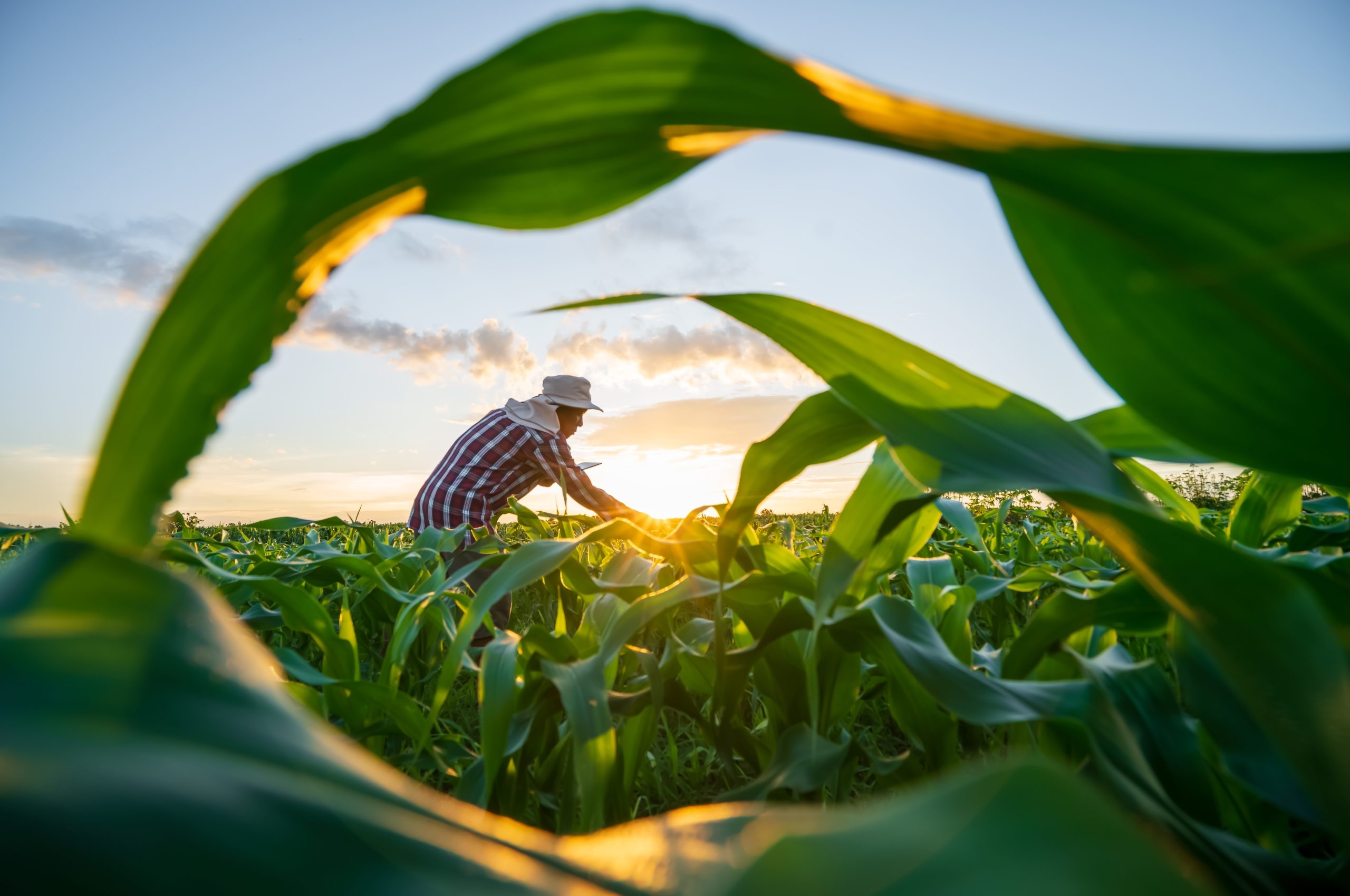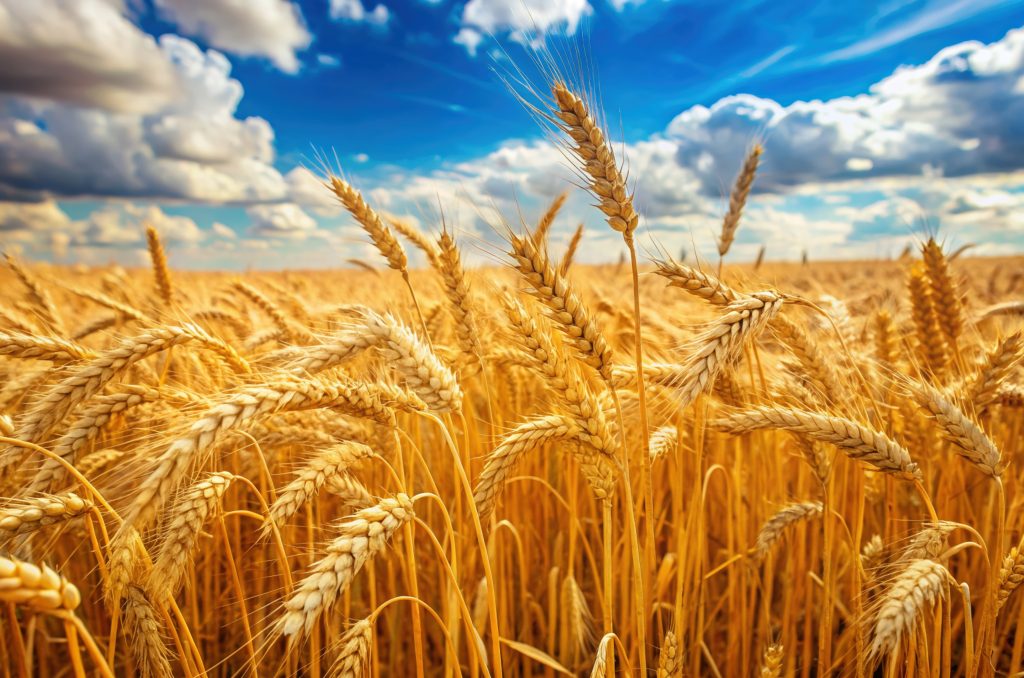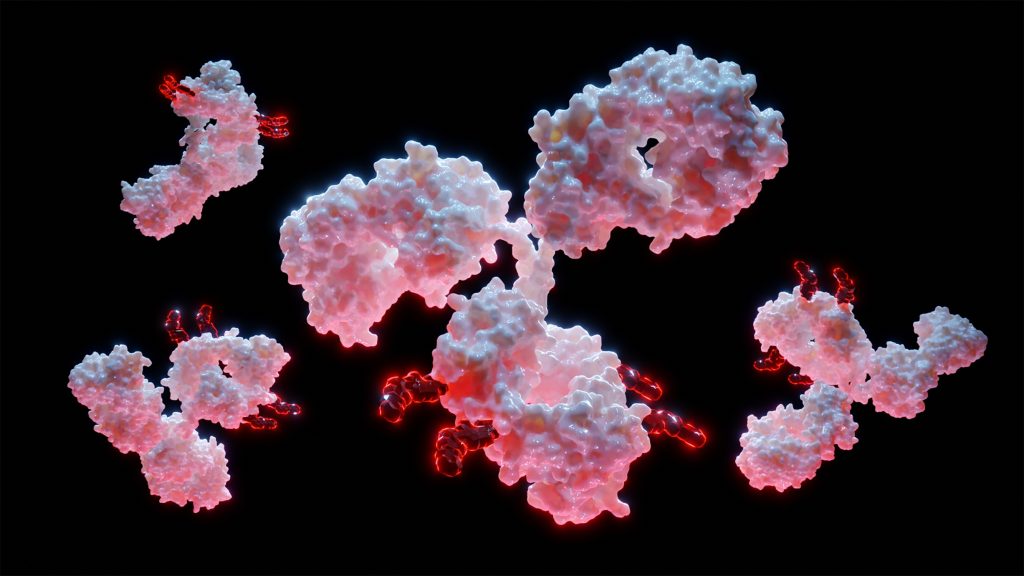
Today, 22 May 2024, is International Day for Biological Diversity (“biodiversity”) which promotes awareness of biodiversity and the importance of protecting it. Our planet is home to a variety of life: humans, plants, animals and microorganisms, and ecosystems that host these. This and the interactions between species and the environments around them form the crux of biodiversity [1],. Despite advances in technology and medicine, humans still rely on the Earth’s natural resources. However, human population growth and human activities, such as pollution, changes in land use, and wildlife exploitation, are contributing to a rapid decline in biodiversity, which can eventually lead to the extinction of species [2].
Therefore, it is more important than ever to face the challenge of protecting and rebuilding biodiversity, by identifying innovative solutions to enable us to co-exist harmoniously with our natural world, rather than overexploit it.
One of the biggest contributors to biodiversity loss is the global food system. To accommodate for the growing human population, ecosystems have been converted into arable land, which causes loss of habitats and consequently, biodiversity. Alarmingly, food production accounts for approximately 80% of global deforestation and 30% of all greenhouse gas emissions [3], [4]. This article focuses on some of the biotechnologies which provide more sustainable solutions, with the aim of rebuilding biodiversity.
Alternative food sources – an appetite for insects
One potential solution is to seek alternative food sources to reduce the pressure on agriculture, thereby reducing greenhouse gas emissions associated with farming and the destruction of rainforests for arable land.
Several companies are harnessing insects as an alternative protein source for human consumption and/or animal feed. Insect farming may have a direct impact on reducing CO2 emissions, land use, water use, and overfishing by enabling local production of a high amount of protein in smaller spaces. Insect farming can also use organic waste as insect feed, which would otherwise end up in landfill. Innovations in this area include utilising large-scale, automated vertical farming of insects, in which insects are bred in stacked containers, thereby reducing the space required/increasing protein production per square metre and minimising human intervention [5]. Technologies in this space focus on sustainability by exploiting the natural life cycle of insects. The larvae produced from breeding are either used as animal feed or processed into, for example, a powder, oil or fertiliser for a multitude of downstream uses.
Beyond the ecological benefits, the reality is that there must be a compelling economic argument to stimulate investment in these areas, and effective, strong and relevant patent protection is a key requirement for many investors prior to taking such projects forward. When protecting technology in this area, it is important to consider patentable exclusions and the types of claim categories. The G 3/19 decision of the Enlarged Board of Appeal (EBA), which is the ultimate appeal body of the European Patent Office (EPO), affected the interpretation of the law in patenting plants and animals. As of 1 July 2017, subject-matter directed to products which are exclusively obtained by means of an essentially biological process (sexual crossing followed by selection) and processes involving the same, are excluded from patentability. It will be interesting to observe if and how the EPO will apply this decision to insect-based technology. It is unlikely that naturally-occurring insects themselves and their natural breeding will be patentable. What is more likely will be the patenting of transgenic insects, processes to extract components and nutrients from insects into compositions (e.g. a powder, oil or fertiliser) and the resulting compositions. Other claim categories to this technology may include processes and systems which for example optimise insect breeding on a large-scale, in addition to the devices, components and apparatuses involved in these processes.
Alternative food sources – lab-grown meat
Another possible alternative protein source is cultivated meat, otherwise known as lab-grown meat. The production process typically involves taking a sample of cells from a living animal, isolating stem cells from this sample, growing them in a nutrient-rich environment, and differentiating them into specific cell types, such as fat and muscle cells. The cells can then be grown on a scaffold to form the structure of a cut of meat [6]. Whilst the first burger using lab-grown meat was eaten back in 2013 at a press conference [7], the emergence of lab-grown meat on UK supermarket shelves may not be that far off.
Producing lab-grown meat remains a technically challenging process, with difficulties in the selection of materials to prepare the optimum product, such as the cell source and the culture medium. Other challenges include achieving mass production, and replicating the nutritional profile, taste and texture of real meat. One particular challenge inventors are faced with is identifying a suitable starting material. For example, the cell source used may affect the texture and nutritional content of the final product, and may constrain cell growth during production, which has implications for mass-production [6], [7]. Thus, there is opportunity for further research and development in this field to obtain an optimal lab-grown meat alternative. As such, patent protection to date in this area includes seeking protection for lab-grown food products/compositions, production processes, and systems and devices involved in production.
Genetic editing of plants – evading diseases and improving yields
Another sustainable food solution is to genetically edit plants to provide improved characteristics, such as increased yield, disease resistance and shelf-life. This leads to reductions in food waste, arable land requirements and greenhouse gas emissions.
It is important to consider that plants which are exclusively obtained by means of an essentially biological process (sexual crossing followed by selection), and processes involving the same are not patentable, as already outlined above. However, this patentable exclusion is not relevant for any patent applications with a filing or priority date before 1 July 2017. Instead, transgenic plants and technical processes for producing them are open to patentability if the resultant transgenic plant is characterised by a trait that does not arise by simply crossing and selecting.
Whilst specific plant varieties are not patentable, protection may instead be pursued via an alternative right, known as a plant variety right. However, inventions which encompass plant varieties, for example, by way of a transgenic plant with increased yield and/or disease resistance, are patentable, as these inventions are not limited to a specific variety and instead generically apply to plants.
Preventing biodiversity loss is essential for our future and these are just a few of many innovative solutions which can assist with its protection. At GJE, we are passionate about protecting your technology and can advise on a suitable intellectual property (IP) strategy. If you would like to discuss your IP, please contact our biotechnology team directly at biotech@gje.com.


